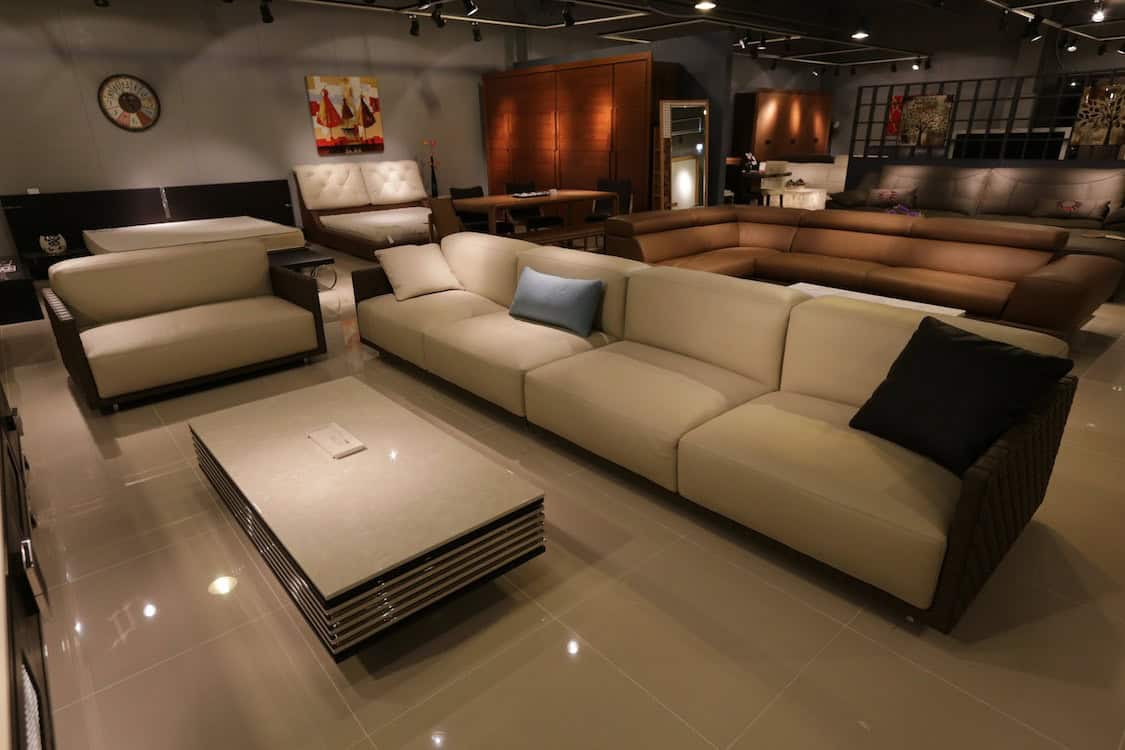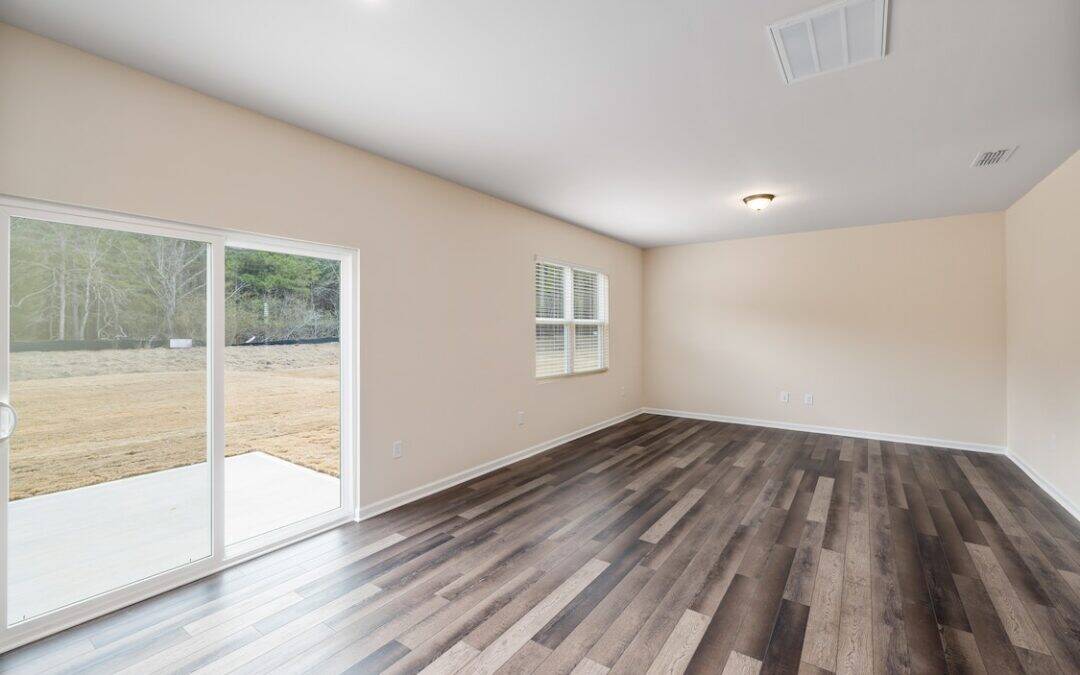Whether you’ve just had new hardwood floors installed or are getting ready to have carpets replaced, it’s important to keep your flooring clean. These tips will help to protect your investment and extend the life of your new floors.
Vacuuming and sweeping is key to keeping your floors clean. Avoid soap-based cleaners and abrasive products that can scratch your floors.
1. Vacuum and Sweep Regularly
Carpet needs to be vacuumed at least once a week in high traffic areas and more often in lower-traffic rooms. This prevents gunk from building up and causing your floors to look dull, darken and dingy. You should also vacuum your area rugs frequently, using the bare floor setting if they have one. Disable your vacuum’s beater bar when you’re using it on hardwood or tile, as the bristles can scratch these surfaces.
Sweeping and vacuuming are critical for your new laminate or wood floors as well, especially in high-traffic areas. This keeps dirt and rocks from being swept under furniture, where they can cause scratches and scuffing. You can also use a dust mop or vacuum with a brush attachment to sweep up loose debris.
Laminate and wood floors need to be swept or vacuumed daily, or at least twice a week. This is because wood swells when it absorbs water, which can damage the joints where boards are joined together. Sweeping regularly removes excess water before it can do this and helps maintain the finish of your flooring.
When cleaning hardwood or laminate floors, you should always use a mild liquid cleaner that is recommended by your flooring manufacturer. Avoid vinegar or water, as these can dull the finish over time. Also, never apply commercial floor wax or oil-based products to your wood flooring – these can leave sticky residues that attract dirt and stains. For hard-to-reach spots or for general scrubbing, you can also use a soft, lint-free cloth or sponge with your cleaner. Remember to wring out excess water, as too much can ruin your floors (especially in carpeted rooms). You should also regularly rinse and clean your bucket and mop.
2. Wipe Up Spills Right Away
Wood floors require special care, particularly in the form of wiping up spills right away. This will help to prevent watermarks and other discolorations that can damage your floor over time.
The best way to wipe up a liquid spill on hardwood is with a cloth or paper towel that has been soaked in water. Vinegar, however, should be avoided, as it will dull the finish of the wood. Soap-based cleaners, commercial floor wax and steam cleaners are also not recommended, as they can leave visible residues on the surface of your flooring.
It is also important to mop your hardwood floors four times a year or as needed. But, only use a small amount of water and a mop designed for hardwood floors. Excessive amounts of water can cause water damage, as wood is a natural material that swells when it absorbs water and then shrinks back to its original size when it dries. This can lead to warping and discoloration, especially in areas that are exposed to direct sunlight.
Keeping your floors dry is also very important because wet floors are not only hard to walk on, but they can also be slippery. This can result in slips and falls, which can be a major safety issue for your family or employees. To help prevent slips and falls, it is a good idea to keep a welcome or walk-off mat at every entry to your home or business.
Using a welcome mat can help to trap the dirt and grime that is often tracked into the floors, so you don’t have to spend as much time cleaning up the floor itself. It is also a great idea to have everyone in your home or business remove their shoes before entering the floor, as this can further reduce the dirt and grime that is tracked onto the floor.
3. Don’t Forget the Sponge

It’s no secret that hard floors require more maintenance than soft surfaces, but what isn’t always clear is how much of a difference the type of cleaner you use can make. Choosing the right cleaning products for your floor type can help you get the job done without doing damage.
For example, if your new flooring is made of true linoleum—a resilient and natural material composed of linseed oil, resin, limestone, wood fiber, and cork dust—avoid all-purpose cleaners, dishwashing liquid, or floor waxes that promise to shine. The best cleaners for linoleum are mild or pH-neutral soaps and water. Mop frequently with clean, hot water, rinsing well. You can also spritz the floor with a little vinegar to neutralize smells. Then dry the floor quickly with a microfiber cloth or mop.
If you have laminate floors, be sure to avoid brooms with aggressive beater bars that can scratch the surface. Sweep regularly with a soft broom or vacuum if you have one of those multi-tasking robots (you know, the ones that can vacuum and sweep at the same time). Mop high-traffic areas weekly and less-frequently-used rooms twice a month.
Sealed hardwood floors typically have a urethane, polyurethane, or polyacrylic coating that protects them from water damage. The safest and best way to clean sealed hardwood is with a microfiber mop and a bucket that’s easy to wring out—like a Libman Wonder Mop, which makes light work of the task. Then apply a mild or pH-neutral cleanser to your mop, and rinse with water to prevent streaking. For stubborn oil or grease stains, try trisodium phosphate (TSP). Don’t forget to wear protective gloves and eyewear! Rub a cloth saturated with TSP over 2-foot sections of the floor at a time, let it dwell for about five minutes, and wipe clean.
4. Keep the Sun Out
One of the biggest threats to your new floors is sunlight. It can cause fading, bleaching and darkening of certain types of flooring. This is especially true of dark hardwoods but can affect lighter woods as well. You can help limit the damage caused by sunlight by using curtains, blinds or shutters on your windows to block out the sun’s rays during the times of day when they are most damaging. Also, check out Precision Epoxy Houston and their map listing if you want durable flooring that can withstand such conditions.
You can also add window tinting to your existing windows to further protect your floors and furnishings. This option is fairly inexpensive but can be very effective in keeping your floors looking great.
Dirt and grit are another huge threat to your floors. If everyone in your family takes off their shoes at the door and lays down floor mats or throw rugs that can be shaken regularly, you can greatly reduce this problem. You can also use casters or felt pads on the legs of furniture so that it does not scratch the floors when being moved.
If you decide to go with a darker wood for your flooring it might be a good idea to look into getting some that has been treated to withstand the sun’s rays. Even with treatments, some woods will still fade in direct sunlight but this can be less noticeable on paler woods than on dark ones. Finally, you can try to rotate furniture and area rugs on a regular basis so that the same areas are not always being hit by sunlight. This will help to spread the color change more evenly. This is not a guarantee that your floors will never discolor but it can go a long way in preventing the changes from being too dramatic.
5. Don’t Forget the Furniture
Depending on your flooring type, rugs can protect it from dust and other debris that could otherwise scratch or discolor it. Using protective pads under furniture (especially heavy pieces like sofas or tables) is also a good idea. And keep those pet nails trimmed – even well-groomed animals can cause scratches if they walk across hardwood floors too often.
Sweeping is important, whether you have vinyl or wood floors, because it helps to remove hard dirt particles that can scratch a floor’s surface. It’s especially essential to sweep regularly in areas that get the most foot traffic — a doorway or hallway, for example. But don’t forget about the spaces under your furniture, which is where small rocks and other debris tend to hide.
If your floors are made from a natural material such as wood or stone, it’s also a good idea to put rugs over them to help prevent scratching. For example, you might want to place a rug in front of the kitchen sink and refrigerator, as these are common spots for spills. You should also avoid walking on your wood floor with shoes that have heel tabs or spikes, as these can cause gouges in the wood; wear shoes with rubber soles instead. And never use a steam cleaner or other cleaning products that aren’t approved by your wood floor manufacturer, as they can pit the surface.
With a little effort, your new floors can look great and last a long time. Remember to regularly clean them with the appropriate cleaning solution, and be sure to vacuum and sweep regularly. Also, keep in mind that some materials, such as luxury vinyl and hardwood, can become faded or discolored from prolonged exposure to sunlight, so it’s a good idea to close curtains or blinds during peak sun hours.

